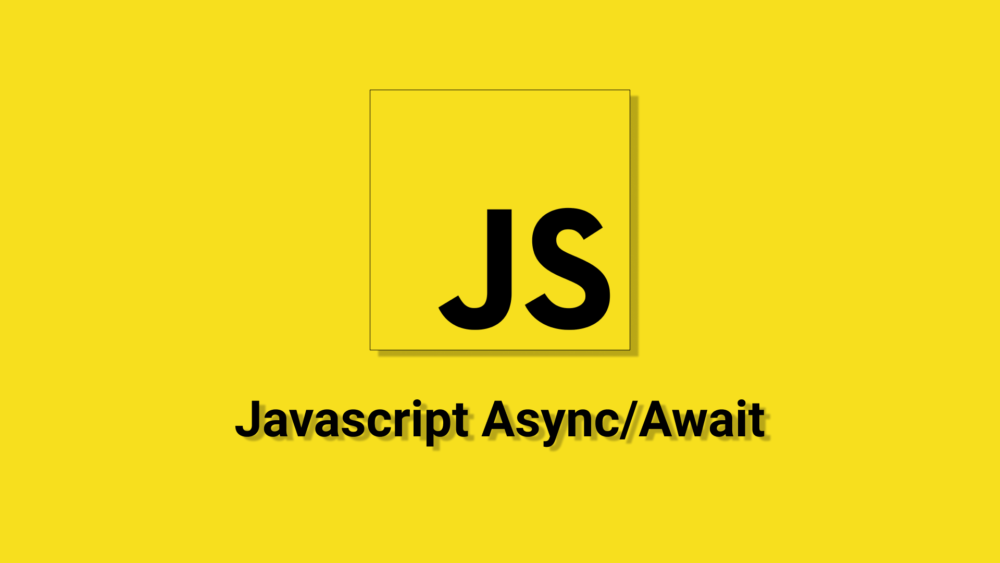Understanding JavaScript Asynchronous Programming
Author: Raja Babu Mahato aka Raja GeoDev
Estimated Reading Time: 10-15 minutes
What is Asynchronous Programming?
In simple terms, asynchronous programming allows your code to run without blocking other operations. It means your JavaScript program can do multiple things at once. JavaScript is single-threaded, but asynchronous behavior enables it to be non-blocking and efficient.
Synchronous vs Asynchronous
Synchronous: Code runs step by step. Each line waits for the previous one to finish.
console.log("Start");
console.log("Middle");
console.log("End");
Output:
Start Middle End
Asynchronous: Allows operations to run in the background (like loading data or waiting for a timer).
console.log("Start");
setTimeout(() => {
console.log("Middle");
}, 2000);
console.log("End");
Output:
Start End Middle (after 2 seconds)
Why is Asynchronous Important?
In web development, many operations take time – fetching data from APIs, loading files, etc. Blocking the main thread for these tasks would freeze the browser. Asynchronous code ensures a smooth user experience.
Asynchronous JavaScript Methods
- setTimeout()
- setInterval()
- Promises
- Async/Await
- Fetch API (and other AJAX calls)
- Event Listeners
setTimeout()
Executes a function after a specified delay.
setTimeout(() => {
console.log("This runs after 1 second");
}, 1000);
setInterval()
Repeats execution every defined interval.
setInterval(() => {
console.log("Repeats every 2 seconds");
}, 2000);
Promises
Promises represent a value that may be available now, later, or never.
const myPromise = new Promise((resolve, reject) => {
setTimeout(() => {
resolve("Data loaded successfully!");
}, 1500);
});
myPromise.then(data => {
console.log(data);
});
States of a Promise:
- Pending - initial state
- Fulfilled - completed successfully
- Rejected - failed
Promise Chaining
myPromise
.then(response => {
console.log("First", response);
return "Second Promise";
})
.then(data => {
console.log("Second", data);
});
Async / Await
Syntactic sugar over promises. Makes asynchronous code look synchronous.
async function fetchData() {
const promise = new Promise((resolve) => {
setTimeout(() => resolve("Data from async/await!"), 1000);
});
const result = await promise;
console.log(result);
}
fetchData();
Error Handling in Async Code
Use .catch() for Promises and try/catch for async/await.
async function getData() {
try {
let result = await fetch("https://api.fakeurl.com");
let data = await result.json();
console.log(data);
} catch (error) {
console.error("Error occurred", error);
}
}
Real Life Example: Fetching API
fetch("https://jsonplaceholder.typicode.com/posts")
.then(res => res.json())
.then(data => console.log(data))
.catch(err => console.error("Fetch failed", err));
Callback Hell & How Promises Help
Callback hell is a pyramid of doom due to too many nested callbacks. Promises and async/await help solve this.
// Callback hell
getData(function(a) {
getMoreData(a, function(b) {
getEvenMore(b, function(c) {
console.log(c);
});
});
});
Improved with Promises:
getData() .then(getMoreData) .then(getEvenMore) .then(console.log) .catch(console.error);
Conclusion
Asynchronous JavaScript is a crucial skill for every developer. From improving performance to building dynamic apps, mastering it opens doors to real-world development success. Start with callbacks, move to promises, and finally embrace async/await for clean, readable code.
🚀 Pro Tip: Use async/await in most modern codebases unless you have a specific reason to use raw promises.
Happy coding! 💻
